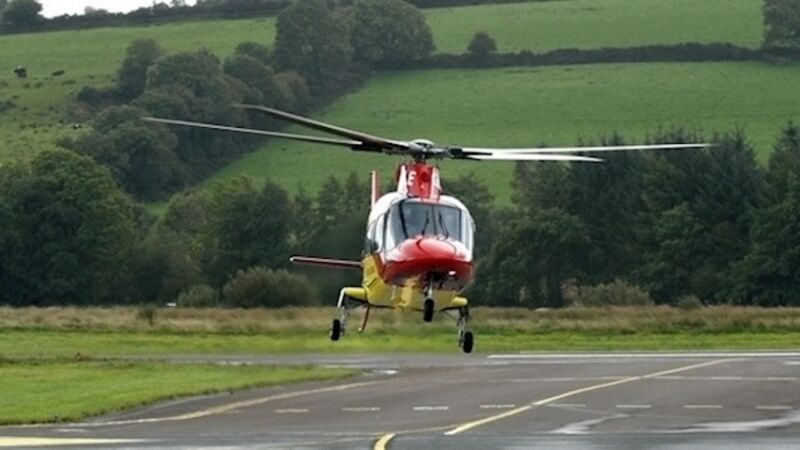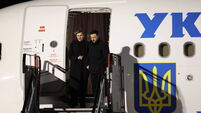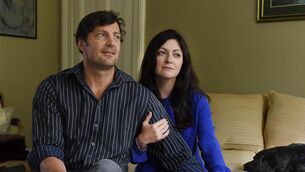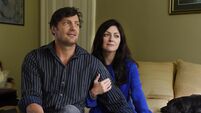Absence of doctor on air ambulance crew criticised

The country’s first community air ambulance will be unable to meet the needs of the most critically ill patients without a doctor on board, emergency physicians have claimed.
The North Cork-based helicopter emergency medical service (HEMS) will be crewed by an advanced paramedic and emergency medical technician.













